The post Honey’s Sweet Journey appeared first on Spiral Ranch Apiaries.
]]>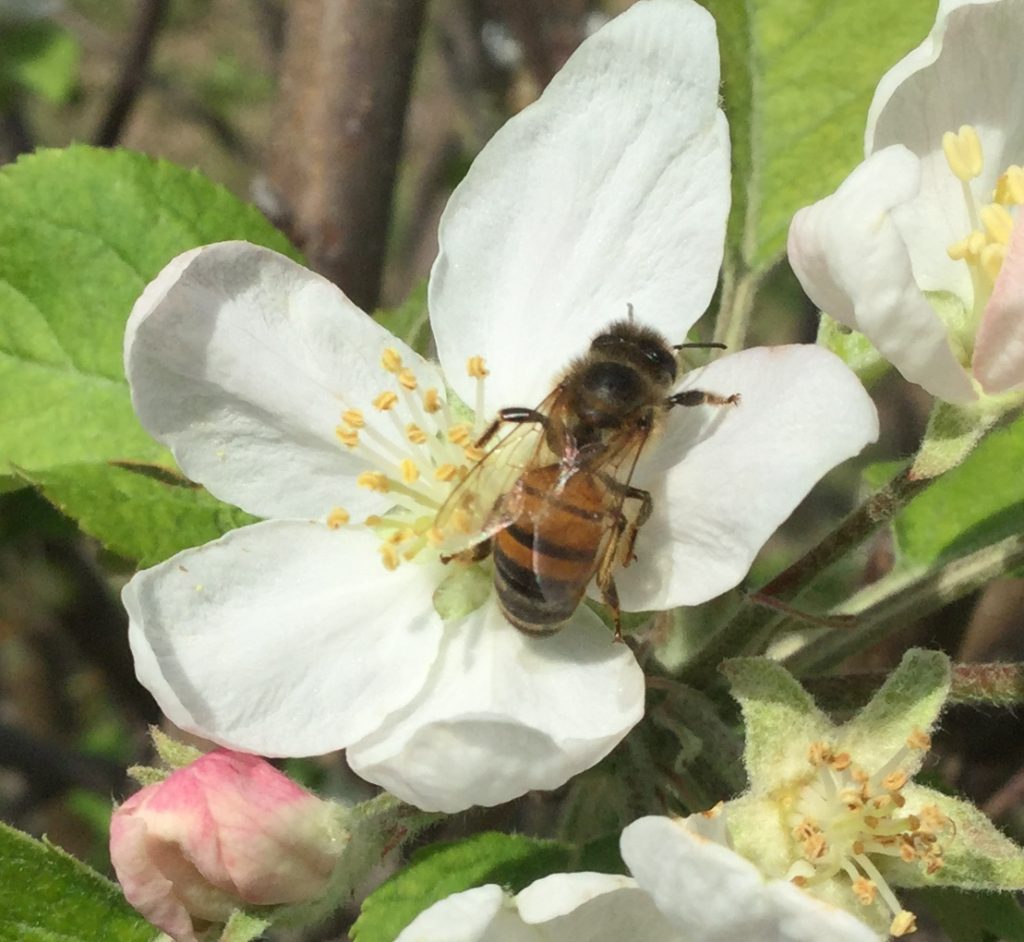
From Bee
Honey’s Sweet Journey begins with the humble honey bee. Whether buzzing in their hives or foraging for nectar in the wide open fields. Honey bees are a critical component of today’s agricultural market. In addition, to producing delicious golden honey. Honey bees perform the vital function of pollination.
Although other insects can pollinate plants. Honey bees are premier pollinators because they are available throughout the growing season. Honey bees pollinate a wide range of crops, including almonds, apples, avocados, cucumbers, pears, melons and many more. In fact about one third of the US diet is derived from insect-pollinated plants and honey bees are responsible for an impressive 80 percent of that process.
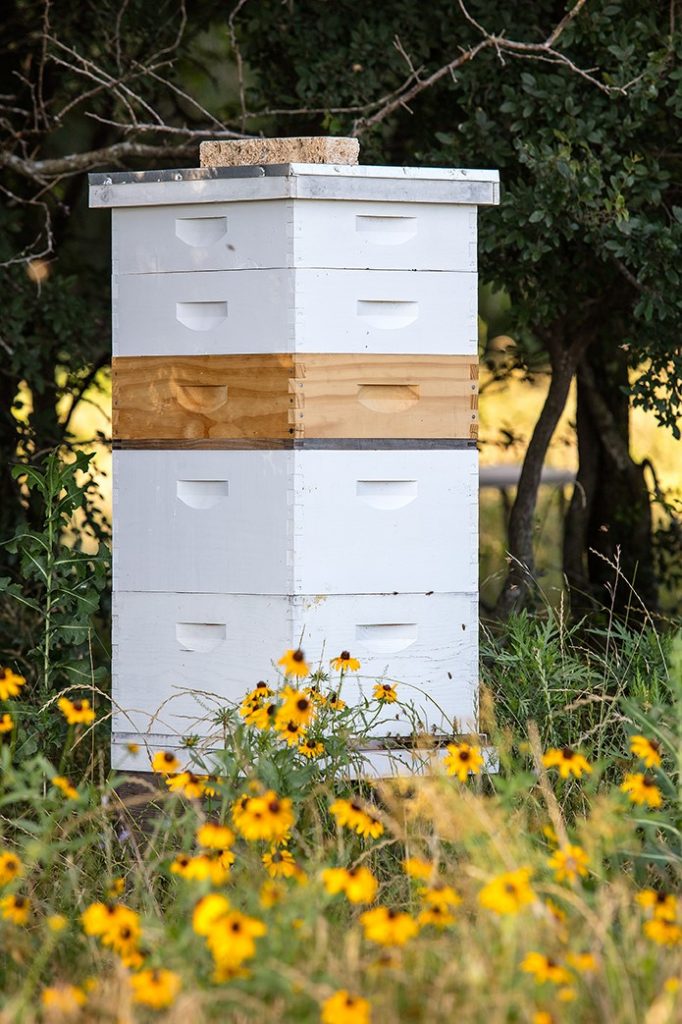
To Hive
Honey bees visit millions of blossoms in their lifetimes, collecting nectar to bring back to the hive. The nectar is naturally broken down into simple sugars and stored in honeycomb.
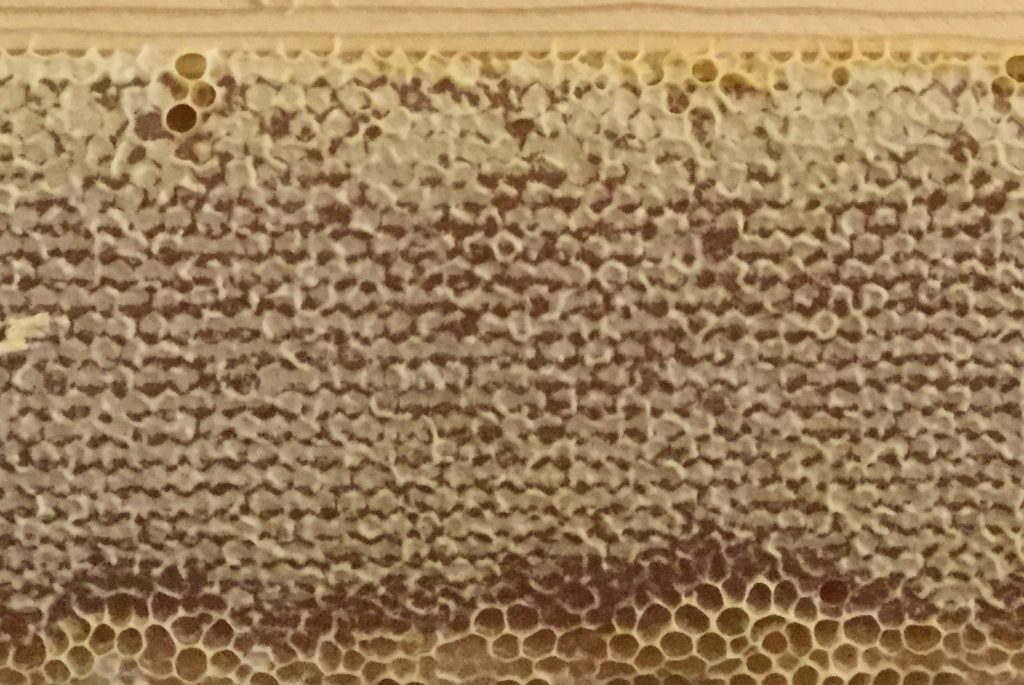
Within the hive are thousands of worker bees, drones and a queen bee They all working together to create the perfect environment for producing all-natural honey. The unique hexagonal design of the honeycomb, coupled with the constant fanning by the bees’ wings causes evaporation to take place. Consequently this evaporation creates the thick liquid we know as honey. For the final step the bees seal the honeycomb cells with wax caps.
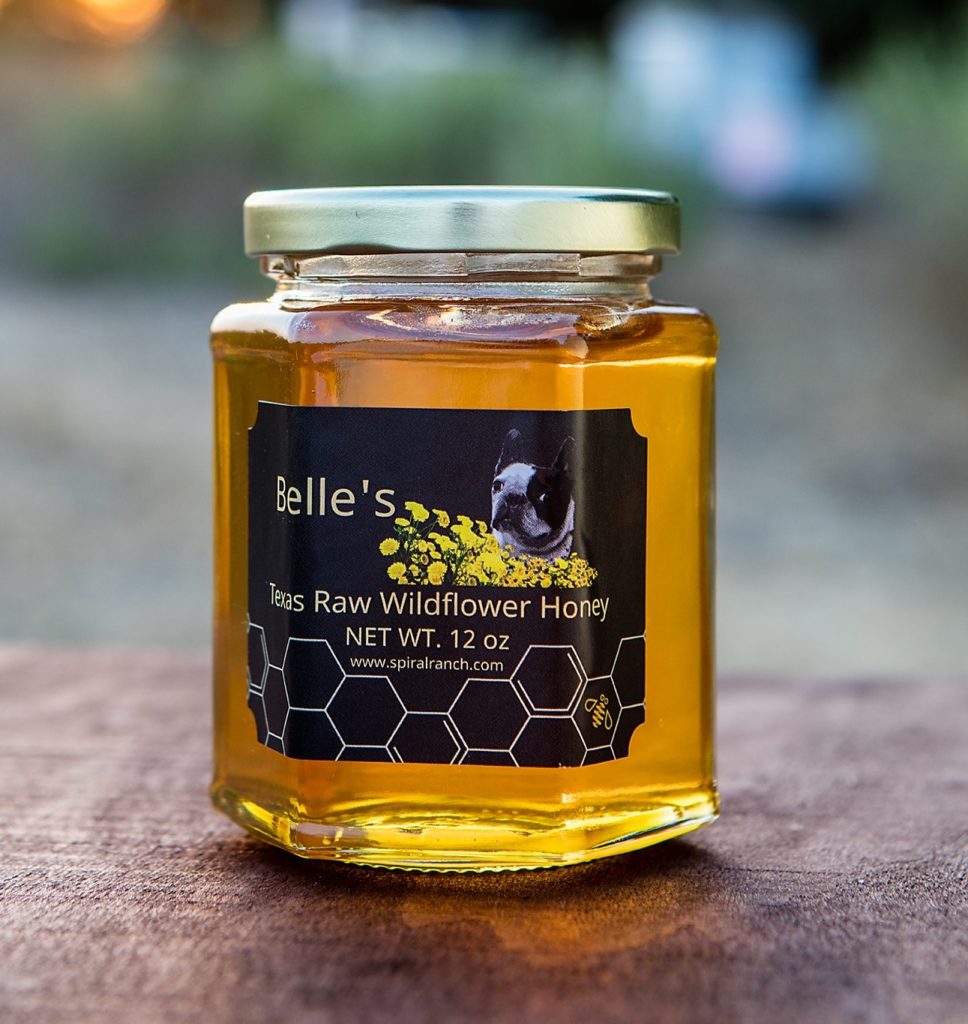
Honey bees gather nectar and pollen from 50 – 100 blossoms per collecting trip. Two million flowers must be tapped to produce a single pound of honey
To Bottle
In the final step of Honey’s Sweet Journey. Beekeepers lend a helping hand to the hard working honey bees to get their honey into bottles and jars. To harvest the honey, beekeepers collect the honeycomb frames from the hives and scrap off the wax caps that the bees make to seal the honey in each cell.
Once the caps are removed, the frames are placed in an extractor. A centrifuge that spins the frames, forcing honey out of the comb. The honey is spun to the sides of the extractor, where gravity pulls it to the bottom and it can be collected for bottling
Fortunately, honey bees will make more honey than their colony needs, so it is necessary for beekeepers to remove the excess. On average a hive will produce about 65 pounds of surplus honey each year.

Not All Honey is the same
Honey bees work tirelessly to produce this gift of nature, visiting countless sources for nectar. Depending on the blossoms the bees tap, the color and the flavor of the honey can differ greatly. Honey’s color and flavor range from almost colorless with a mild taste to robustly flavored dark amber brown. In the United States there are more than 300 unique types of honey produced, each originating from a different floral source. But honey’s diversity doesn’t stop with varieties. Honey also comes in various forms including liquid, creamed and comb.
The post Honey’s Sweet Journey appeared first on Spiral Ranch Apiaries.
]]>The post What can I do to Help the Bees appeared first on Spiral Ranch Apiaries.
]]>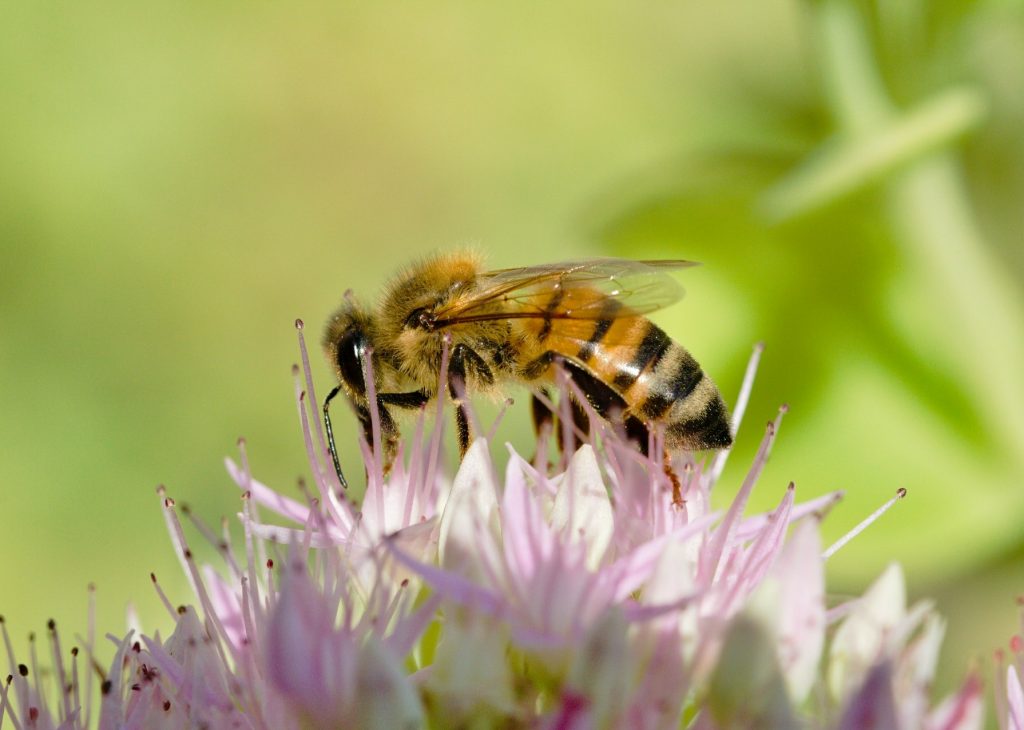
Honey bees, beekeepers and the honey industry are direct contributors to the success of American and World agriculture. In today’s world, the honey industry faces many challenges such as hive loss, drought, colony collapse and shrinking forage areas.
Here are just a few ways you can help contribute to the welfare and survival of the honey bees.
- Plant bee friendly flowers and flowering herbs in your garden and yard.
- Reduce or limit the use of chemicals and pesticides to treat your lawn and garden while plants are in bloom and bees are out foraging.
- Bees are thirsty. Put a shallow basin of fresh water with marbles or rocks in it for the bees to land outside your home
- Learn to be a beekeeper with sustainable practices.
- Share solutions with others in your community.
- Donate to the Honey Bee Health Coalition, an organisation dedicated to helping protect and promote honey bees and other pollinators. www.honeybeehealthcoalition.org
- Support Your Local Beekeepers. Buy Local Honey rather than store bought. Head over to our Shop
The post What can I do to Help the Bees appeared first on Spiral Ranch Apiaries.
]]>